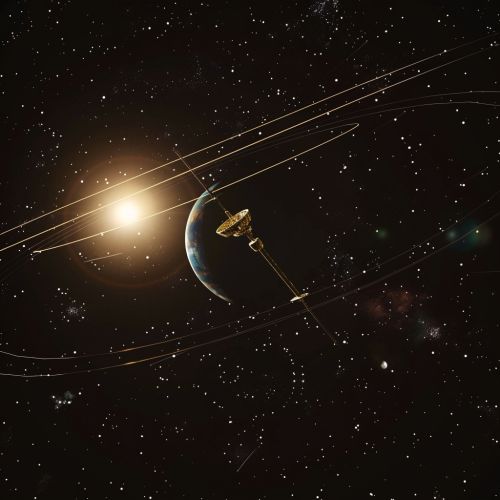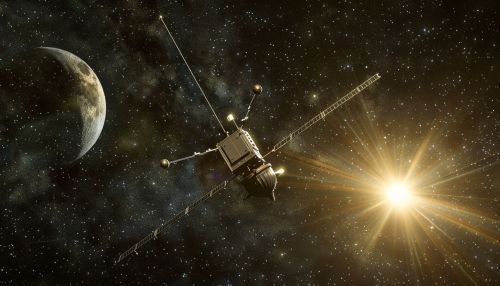Orbital Mechanics
Introduction
Orbital mechanics, also known as celestial mechanics, is a branch of physics that studies the motions of celestial bodies, including stars, planets, and satellites, under the influence of gravitational fields. This field of study is essential in understanding the dynamics of the solar system, the design of spacecraft trajectories, and the prediction of satellite orbits.


History
The study of orbital mechanics has a rich history, dating back to the ancient Greeks. However, it was not until the 17th century that significant progress was made in this field. Sir Isaac Newton formulated the laws of motion and universal gravitation, which became the foundation for classical mechanics. His work paved the way for the development of precise mathematical models to predict the motion of celestial bodies.
Fundamental Concepts
Gravitational Force
The gravitational force is a central concept in orbital mechanics. According to Newton's law of universal gravitation, every particle of matter in the universe attracts every other particle with a force that is directly proportional to the product of their masses and inversely proportional to the square of the distance between their centers. This force is the primary driver of orbital motion.
Two-Body Problem
The two-body problem is a classical problem in orbital mechanics. It involves determining the motion of two point masses that interact only with each other, under the influence of gravitational force. The solution to this problem provides the trajectory of the bodies, which can be an ellipse, parabola, or hyperbola, depending on the energy of the system.
Kepler's Laws
Kepler's laws of planetary motion are three scientific laws that describe the motion of planets around the Sun. These laws are fundamental to orbital mechanics and provide a basis for the prediction of planetary positions.
Orbital Elements
Orbital elements are the parameters required to uniquely identify a specific orbit. In celestial mechanics, these elements are generally considered in two sets: Keplerian elements and non-Keplerian elements. Keplerian elements are based on Kepler's laws of planetary motion, while non-Keplerian elements are based on perturbations, or deviations from the ideal Keplerian orbit.
Orbital Maneuvers
Orbital maneuvers are the set of techniques that alter the velocity and direction of a spacecraft. These maneuvers are essential for spacecraft to reach their desired orbit, perform mission objectives, and return safely to Earth. The most common types of orbital maneuvers include Hohmann transfer orbits, bi-elliptic transfers, and gravity assists.
Applications
Orbital mechanics has a wide range of applications, from predicting the motion of celestial bodies to designing spacecraft trajectories. It is used in the fields of astronomy, astrodynamics, and space exploration. In addition, orbital mechanics is crucial in the operation of satellite systems, including communication satellites, weather satellites, and Global Positioning System (GPS) satellites.
